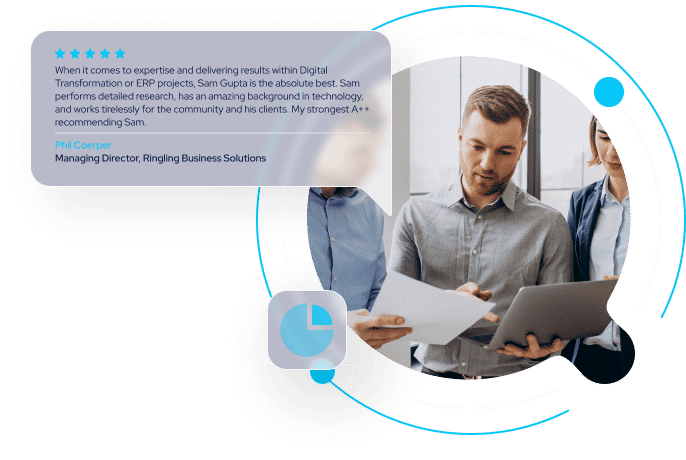Download The Ultimate Comparison Guide
Pipedrive vs Zoho CRM
Confused about whether Pipedrive or Zoho CRM is the right choice for your business? Trying to understand how they differ across key evaluation criteria? Curious about their strengths, limitations, and future direction? You’re in the right place.
This unbiased research brief—created independently of any CRM vendor—delivers focused insights in just over ten pages. It offers a clear overview of both platforms, outlining where each excels and the types of businesses they serve best.
Inside, you’ll find a balanced comparison of pros and cons, market positioning, and how each solution fits within the broader CRM landscape.
Our analysis is grounded in ongoing monitoring of the CRM ecosystem, drawing from a rich mix of sources: surveys, expert interviews, roundtables, proprietary data, customer feedback, analyst briefings, industry publications, and user communities. Whether you’re a digital transformation leader evaluating CRM strategy, a product executive planning roadmap decisions, or a CRM practitioner looking to grow your expertise, this guide is built to support your goals.
Questions this report will answer:
What types of businesses primarily adopt Zoho CRM?
What is a key limitation of Zoho CRM for product-centric organizations?
Which CRM platform is more budget-friendly for smaller companies?
What essential CRM functionalities are offered by both Pipedrive vs Zoho?
In what areas does Pipedrive CRM tend to fall short compared to more advanced CRM platforms?
What is the approximate number of customers using each platform?
Which CRM has a user interface more similar to Salesforce?
Why might Pipedrive CRM not be ideal for ISVs or data vendors?
What are the integration differences between Pipedrive vs Zoho when compared to platforms like HubSpot or Salesforce?
Which CRM is more intuitive for users experienced with HubSpot?
What technical limitations exist in Pipedrive’s object model?
How do the customization capabilities of Pipedrive vs Zoho compare, especially regarding custom objects?
This is Our
Case Study
A brief walkthrough of a recent customer who went through the process of developing the strategy to transform their current eCommerce operations to include a buy-online-and-pick-up-in-store and buy-in-store-ship-to-home business model.

Problem
A leading fashion retailer with more than 30 stores throughout the United States was struggling with the customer experience and accommodation of business models such as buy-online-pick-up-in-store due to disconnected eCommerce and fulfillment systems. They needed omnichannel experience that could transform their experience and help them compete with their larger peers.
Solution
They hired ElevatIQ to assess their as-is and to-be state and come up with the strategy to enable the needed experience. Through the series of workshops and secondary research of their data, ElevatIQ formulated a strategy with the changes in business processes, information architecture, and systems.
Outcome
The strategy resulted in a clear alignment of their executive teams with a refined understanding of their business processes and operations. The strategy also resulted in a clear understanding of the investments and solutions required to implement the strategy.


